When you have a sitting disability, you get used to rethinking daily activities. Work is often tough, transportation is a challenge, and socializing is awkward. Even your free time gets harder to manage – many hobbies are tough to adapt. Unless you’re a glutton for punishment, you will probably not be racing motorcycles or kayaking. But believe it or not, there are plenty of hobbies out there that are sitting disability-friendly. Twelve of my favorite options are listed below.
For the Outdoorsy
1) Hiking/Walking.
It’s hard to find an activity with a better cost/benefit ratio. All you really need to get started is a good pair of shoes. It’s good exercise, and can easily be adapted to suit most physical ability levels. Not up for a full day of backpacking? You can still try a ten-minute walk in the park.
It’s also hard to think of a hobby that’s more universally accessible. No matter where you live, you likely have access to an outside to walk in.
That is not to say the experience will be equally pleasurable everywhere. If you are overwintering in Alaska, or spending the summer in Dubai, you will have a tougher time of it than someone living in, say, New Zealand.
If you are living in an area where safety is a concern, or where going outside is an unappealing prospect, you may be able to go to a gym, use an at-home treadmill, or travel to a well-tended public park or other safe space.
2) Bird Watching.
Getting in touch with the natural world can be a nice dose of therapy, and bird watching is a great way to get started. It can be a great complement to an outdoor walk, but it can also be done at home. Do you have a window? Look out it long enough, and you will probably see a bird.
This is one of those hobbies that can be more or less exciting depending on location and season. I gave birdwatching a shot while living in Brooklyn. Then I realized I mostly watched pigeons fighting over containers of takeout rice, and stopped.
In North Dakota, the experience was more varied, albeit seasonal. Robins, mallards, pheasants, and grackles were common sights, and the occasional wild turkey and bald eagle would make an appearance. Even hummingbirds could be attracted with the right flowers.
3) Foraging.
This is another pastime that dovetails nicely with hiking, though again, it’s very dependent on location and season.
Most nights, I spend a couple hours walking in New Jersey. And eventually I started to wonder how I could make better use of that time. New Jersey isn’t called The Garden State for nothing, and I decided to learn the names of the odd plants I had never seen on the Great Plains.
It turned out a lot of them were edible, which made the experience even more fun. Common weeds like wood sorrel and lambs’ quarters were surprisingly tasty. Wild mustard and garlic mustard were better than store-bought greens when I caught them at the right time. And once I learned when and where to look, I discovered treats like mulberries and wine berries were an easy source of free food.
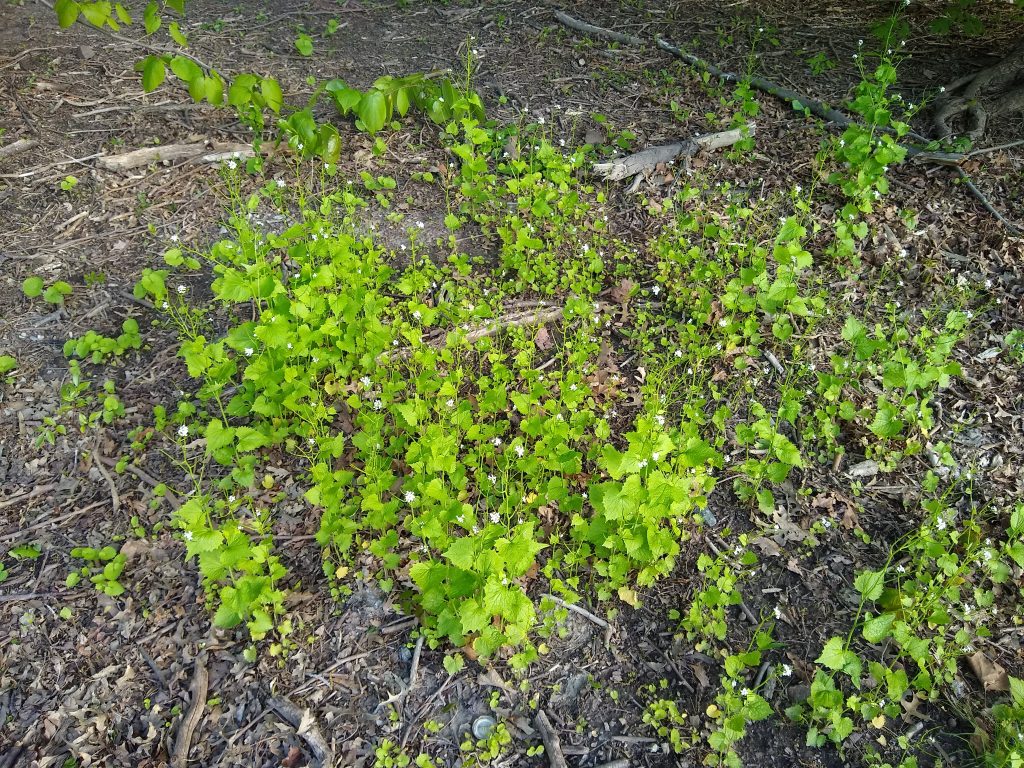
garlic mustard 
quickweed 
redbud
4) Gardening.
If you have a backyard and the freedom to use it, you can have a garden. This close-to-home option is ideal for those who have regular good days and bad days, since you are free to work as often and as long as you can. You are also free to rest or take time off when the need arises, which makes it suitable for nearly all ability levels.
Sitting disability or no, raised beds make the job easier. It’s surprising how much more comfortable weeding is when the weeds are at shin-level. I love garden strawberries, but I completely understand why pickers refer to them as the devil’s fruit. Raised beds make the work-to-reward ratio so much better.
If you don’t have a backyard or live in an area with poor soil or a limited growing season, don’t fret. Community gardens exist in many urban areas, and a quick Google search can uncover some nearby options.
Container gardening is also thing, and has the advantage of letting you control the variables. Seedling heat mats and grow lights are cheap, but effective. If money is tight, you can repurpose garbage cans, five-gallon buckets, and even old yogurt tubs as containers. I find that reused plastic egg cartons make great seedling trays.
Seeds are fairly cheap (especially considering the return on investment, but you can cut costs further if you have a gardener friend who will allow you to take cuttings or share extra seedlings. You can even grow some plants from food scraps.
For the Artistically Inclined
5) Knitting and Crocheting.
Both knitting and crocheting are marvelously accommodating of any postural requirements, energy levels, or time constraints. Simple projects are also a great way to keep your hands busy while your mind is otherwise engaged. Want to feel productive while watching TV or talking on the phone? Pick up the needles!
As an added advantage, the equipment needed for both knitting and crocheting is lightweight and portable. It’s easy to tuck a project away into a purse or backpack, and to take it out during a quiet or awkward moment.
Christine H. specializes in crocheting cute and quirky yarn creations, a discipline known as amigurumi. After a failed surgery left her with permanent nerve damage, she looked around for a hobby that was more exciting than Netflix. She started out crocheting blankets. That was all well and good, but she found blankets, well, two-dimensional. Then she discovered amigurumi – and a wealth of free patterns – online. You might say she was hooked.
6) Resins.
If arts and crafts are your thing, and you’re looking for a flexible medium, epoxy resins are a great option. Resins start life as two substances – a liquid epoxy and a hardener. When they are mixed, they harden, and create a type of plastic. Epoxy resins have many practical uses. They are used as sealant for everything from floors, to cutting boards, to boats.
They are also used in a staggering array of arts and crafts projects. Epoxy can be colored and used to create paintings, jewelry, models, and furniture. Everyday objects – whether they be electronic components or wildflowers – can be preserved and sealed in resin.
It isn’t for everyone – it’s neither quick nor cheap. The process is messy, the materials are finicky, and there is a narrow margin for error. But when done correctly, the results are stunning.
Debbie M. has been working with resins for years, and makes everything from keyrings to furniture. She collects seashells, wildflowers, fruits, vegetables, and other perishable detritus, and preserves them in silica gel.
Then, she prepares molds, mixes the epoxy resins, and pours the mix into the prepared containers. Each project requires several layers, and each layer needs to dry thoroughly before the next one is added. There is usually some finishing to be done at the end – another layer will need to be added, or the piece will need sanding, or holes need to be drilled in order to install other parts.
Although each project can take weeks or even months from start to finish, the work can be done in short bursts, and it’s easy to put a project on hold between steps. On any given day, Debbie can spend minutes sorting flowers or hours making pieces depending on how she feels.
7) Photography.
While you’re out and about, why not bring a camera? Even a cell phone camera will do, if you need something lightweight.
Linda V. stumbled into photography when her frequent early-morning headaches left her looking for something she could do without waking her husband. “I came up with the idea of going out with my cell phone just to take pictures. We live near a reservation so I would walk to the reservation and try to take pictures along the way – everything and anything,” Linda said. “I would photograph a cactus from different angles to see how the light affected each shot.
“Meanwhile, I had asked a couple of friends of mine what Instagram was all about. One friend said that it was fun to post pictures there and play with different filters. Another friend said the key to getting pictures noticed was to use hashtags. I decided to experiment with Instagram as a way to post my photos and learn a new social media platform.”
Five years of practice paid off. Looking at Linda’s Instagram today, you would never realize her training was a $15 Udemy course on photo composition, and her equipment consists of a cell phone camera.

8) Music.
Choice of instrument is key here. I’ve never seen a piano that doesn’t have a punishing-looking bench, and the cello might be tough.
If you want to go big, the double bass might be your calling. And if you want to be heard, give the bagpipes a go. I played the marimba for a time, and what once seemed like a major drawback (having to stand the whole time) now seems like a draw.
In his free time, Bill S. prefers to strum a guitar. That instruments lends itself wonderfully to being played in different positions, since it doesn’t require breath control (like the clarinet or saxophone) and is held in the front rather than on the side (like the violin).
If you like bossing people around as much as you like music, be a conductor. I have no idea how you actually get that job, but it looks like a pretty sweet gig once you do get it.
9) Reading and Writing.
Even if you’re stuck at home, your mind is free to wander. A good book can serve as an escape, a mental exercise, or a friend. Books serve as a window to a wider world, and who doesn’t need their horizons expanded now and then?
These days, reading is more accessible than ever. Don’t want to struggle with a heavy book? That’s what apps are for. Eyesight failing? Audiobooks are a thing.
Writing can be an excellent way to stay connected and interact with the outside world, which is especially important when travel is limited. Many sitting-disabled people contribute to the Great Conversation. UK-based Abby S. is a voracious reader who has a blog dedicated to her reviews. Meanwhile, Sydney-based Sue F. has a column in a local magazine, and contributes to a statewide newsletter.
For Fitness Buffs
10) Tai Chi.
If you’re looking for a gentle way to stay active, the ancient Chinese practice of tai chi might be for you. Hillary B., who is diagnosed with fibromyalgia in addition to a sitting disability, started learning the tai chi because it was unlikely to aggravate her symptoms. Her teacher specializes in the popular yang style.
A meditative practice known as qi gong is often intertwined with tai chi. It often involves slow, gentle movements or stretches, but there is also a focus on visualizations, breathing, and relaxation.
When researching this article, I realized I couldn’t come up with pat definitions for “tai chi” or “qi gong” any more than I could write one for “novel” or “painting.” There is simply too much variation. On the plus side, all that variety means it’s possible to tailor a practice around a person’s own capabilities.
11) Swimming.
Hanging out in hot tubs might sound as appealing as being the lobster in lobster thermidor, but swimming is another matter. For those with knee or foot pain, it can provide a less stressful form of exercise.
If you like being in the pool but find swimming laps painfully boring, never fear. If you can scare up some friends or sign up for a class, you can try any number of water sports, from water aerobics, to water volleyball, to synchronized swimming. And if you want to pay an adult game of Marco Polo, or just do some friendly forced dunking, I won’t say boo.
12) Yoga.
If your problem is too much flexibility rather than too little, then yoga is not your best choice. If you have issues with your hips, knees, spine, or shoulders, then some poses may do more harm than good. Respecting your limits is key.
But if you are looking for a mix of physical and mental health benefits, and want to try something less strenuous than CrossFit, yoga might be for you. There are many styles to choose from, studios are as common as coffee shops in some areas, and there is a wealth of online and app-based instruction options for those who don’t have access to a good studio.
Do you know of other great sitting disability-friendly exercises? Let me know! You can reach me at krista [at] myuprightlife.com.


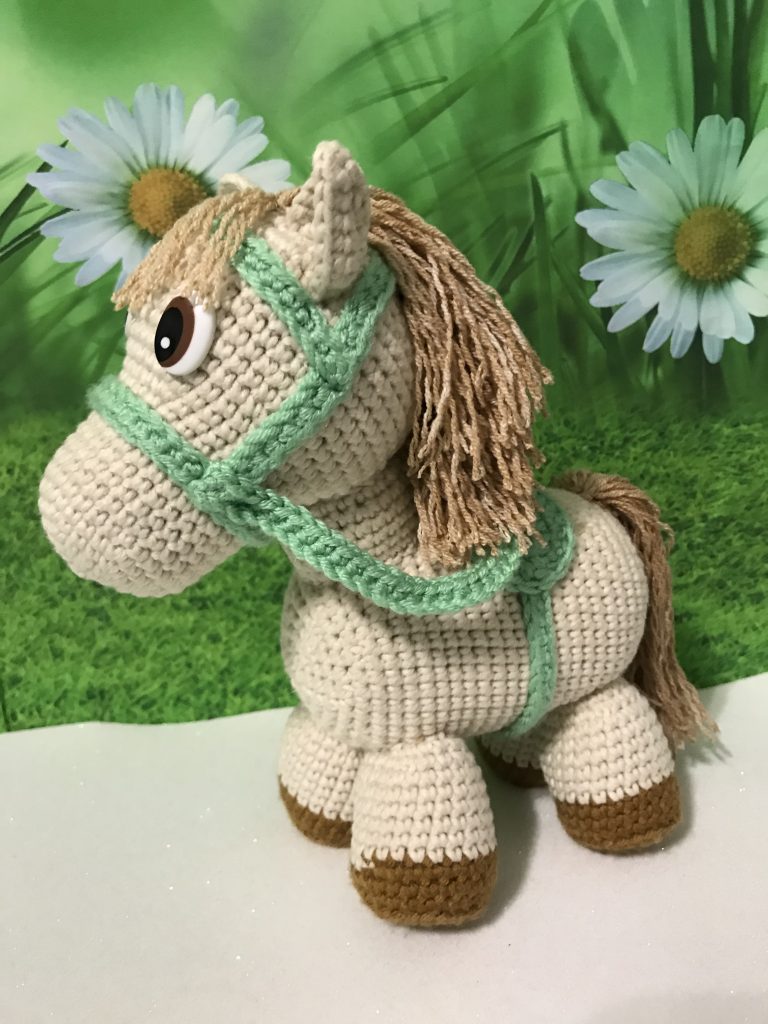
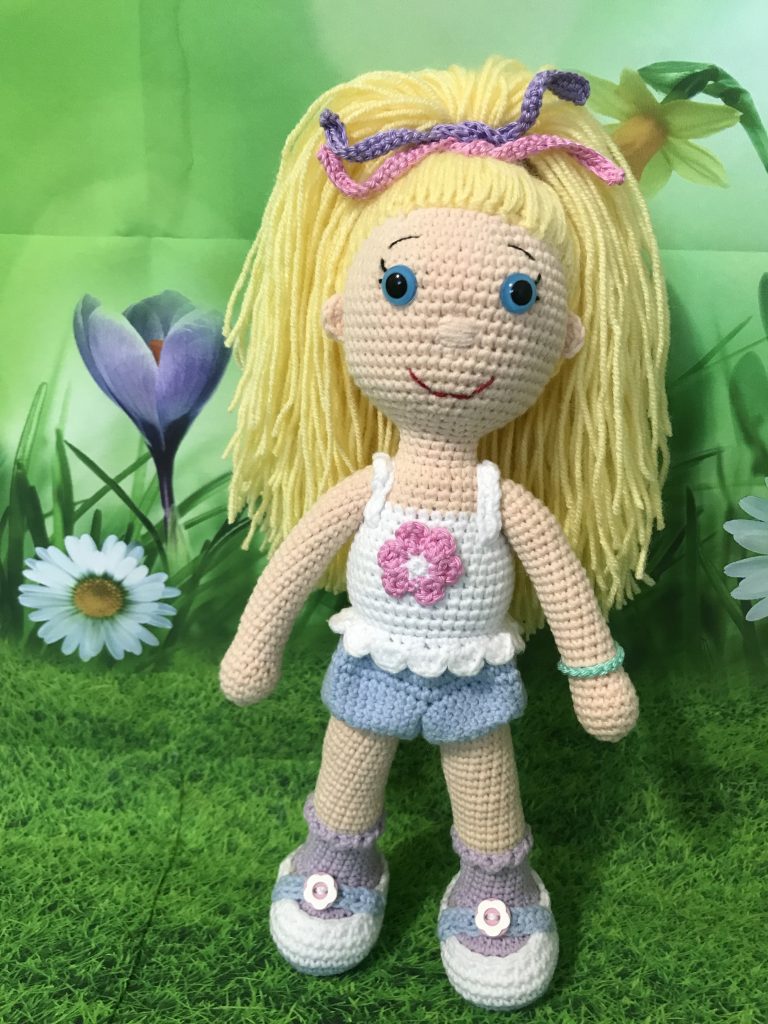


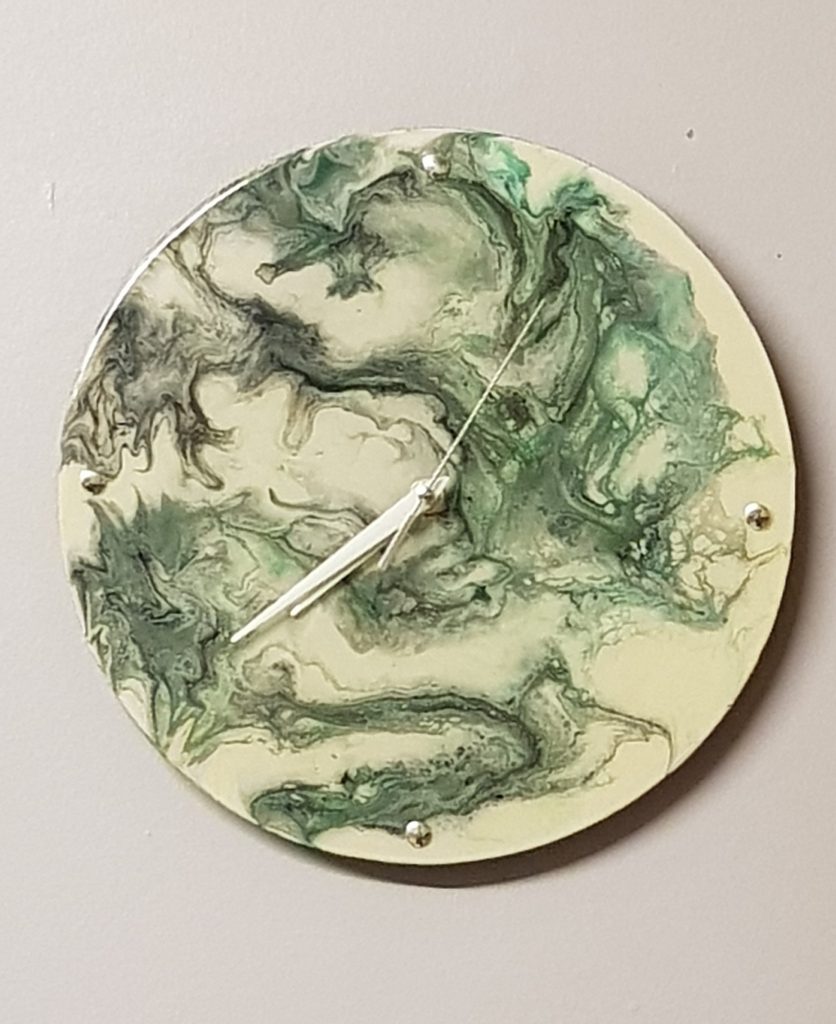
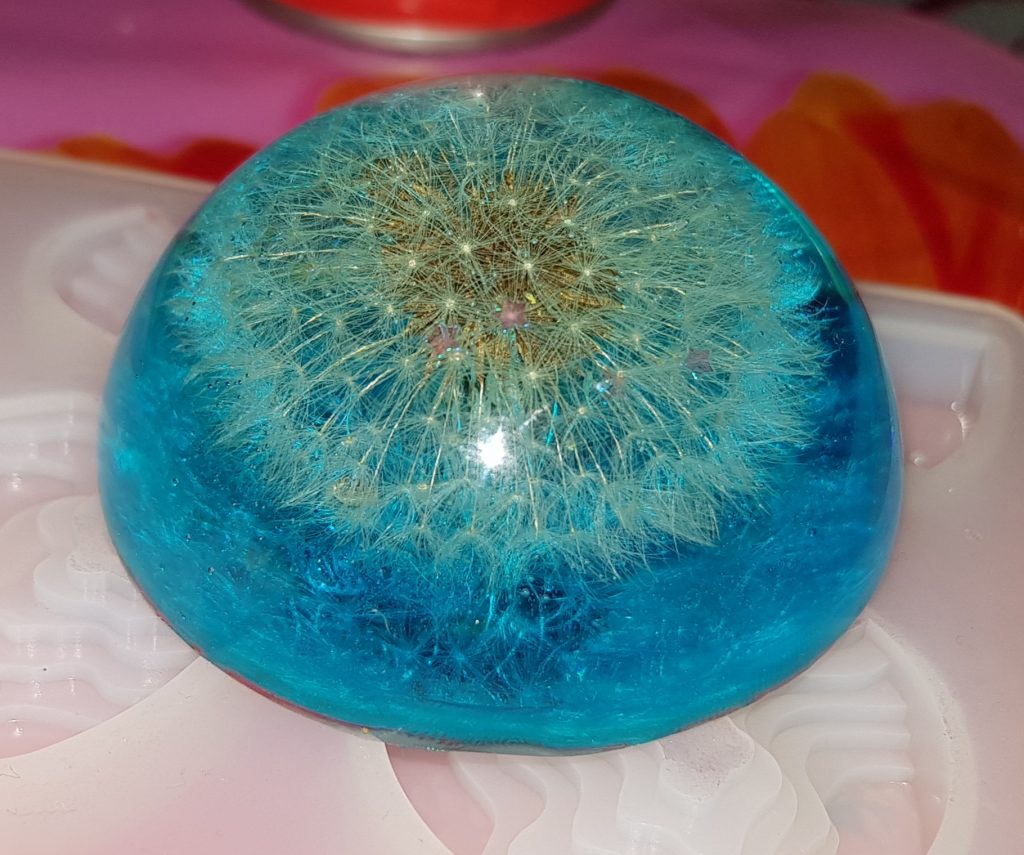

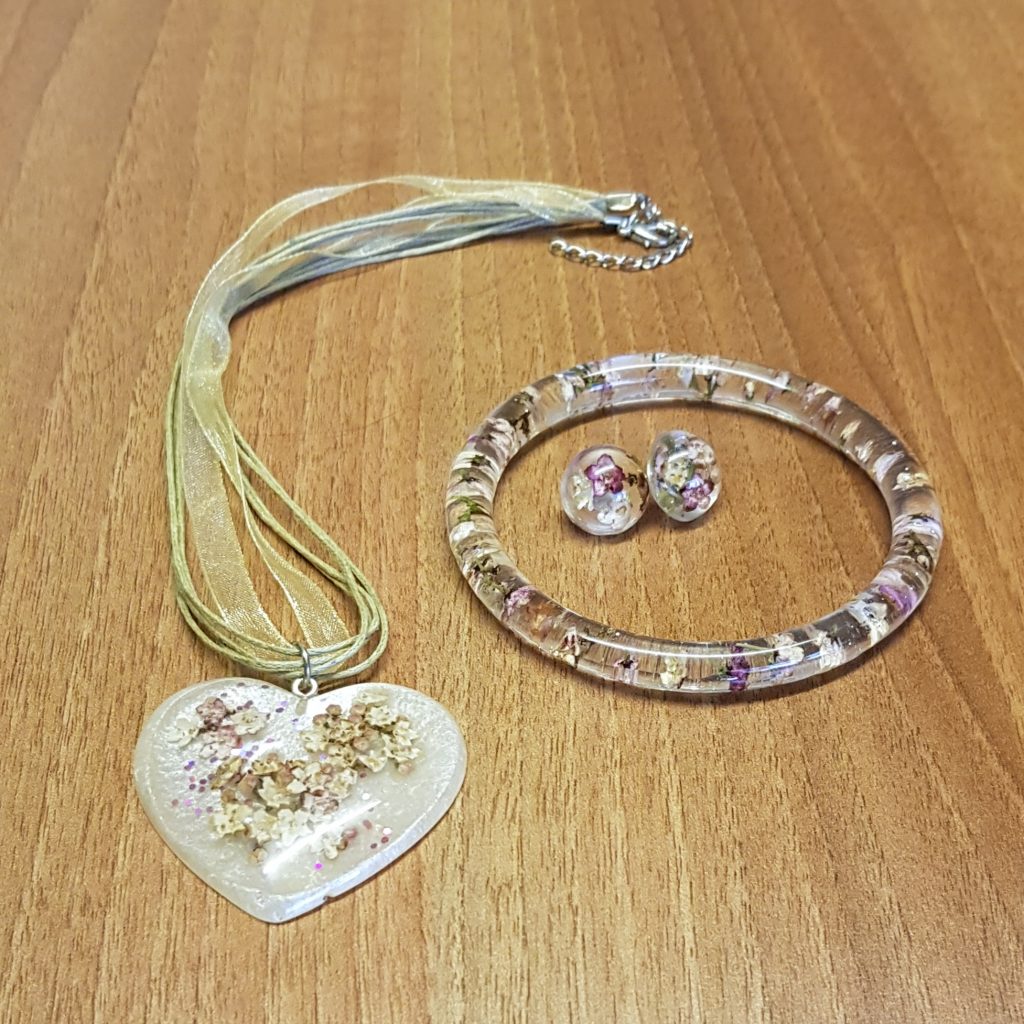

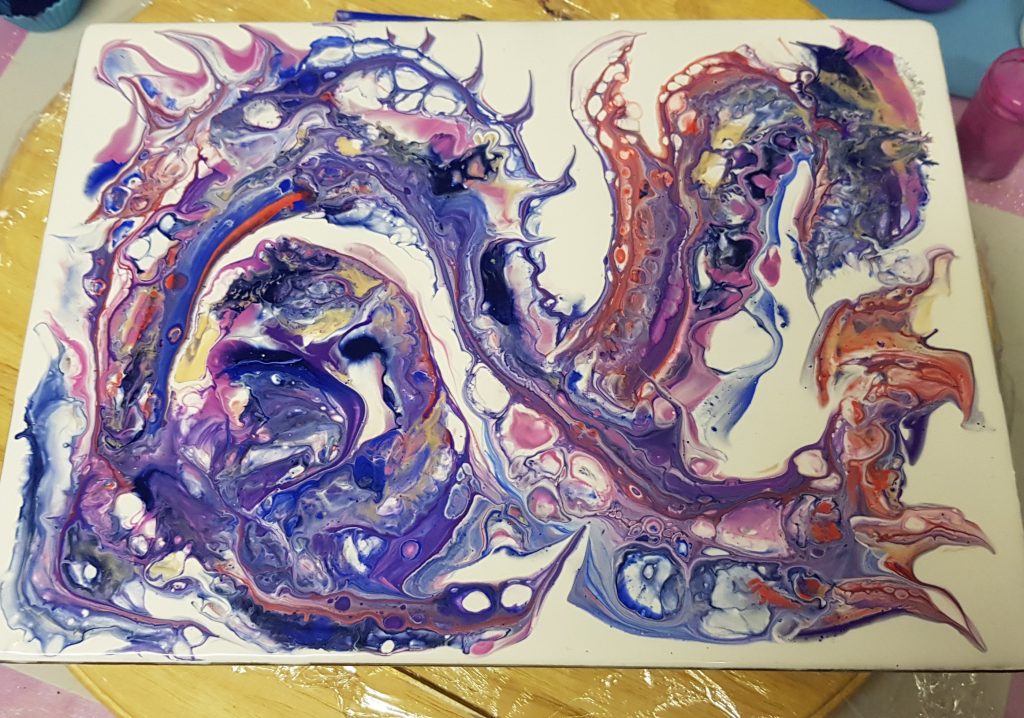
Thank you for shining a light on this uncommon but frustrating condition, Krista.